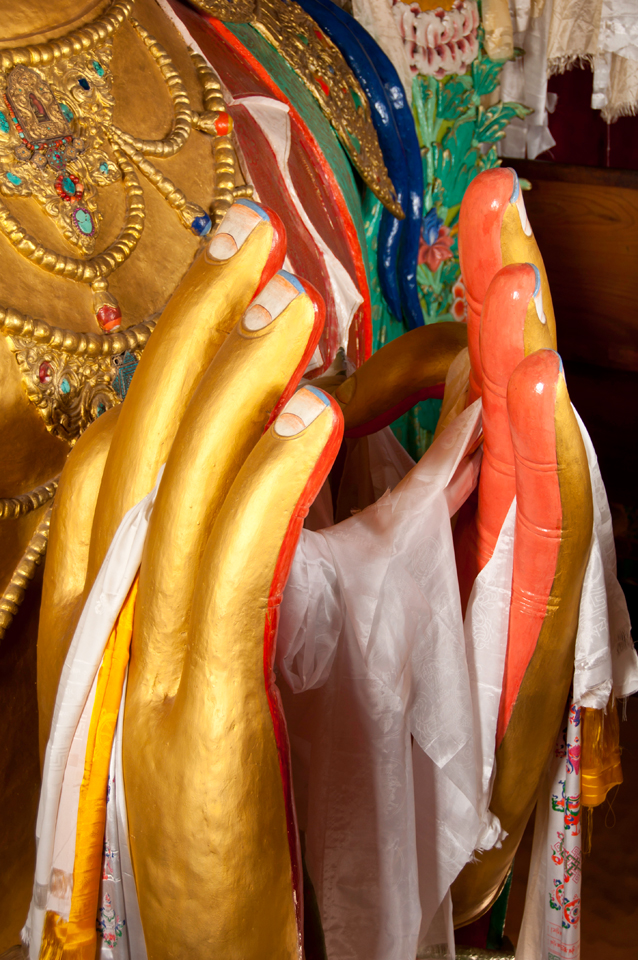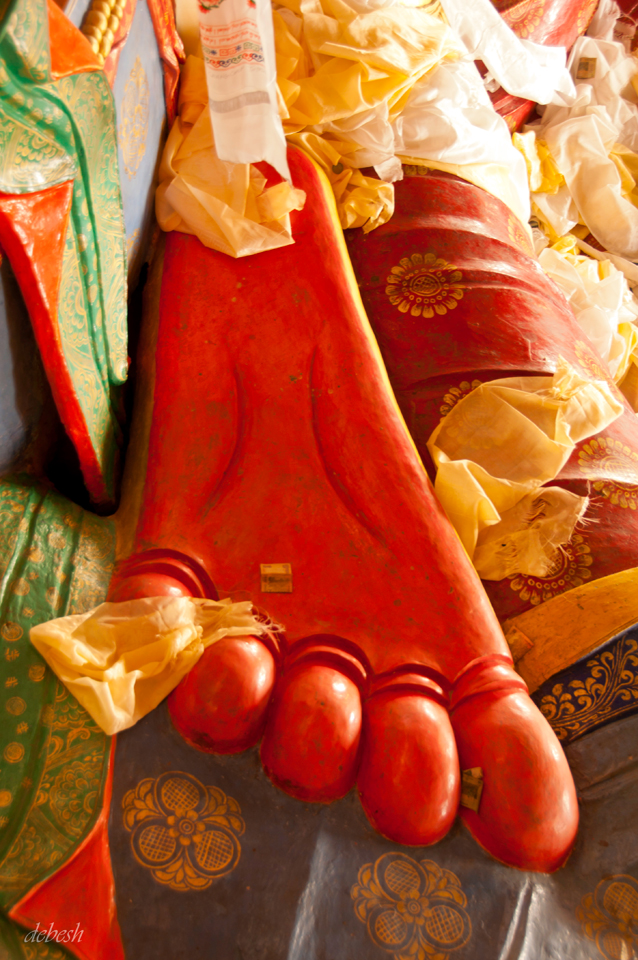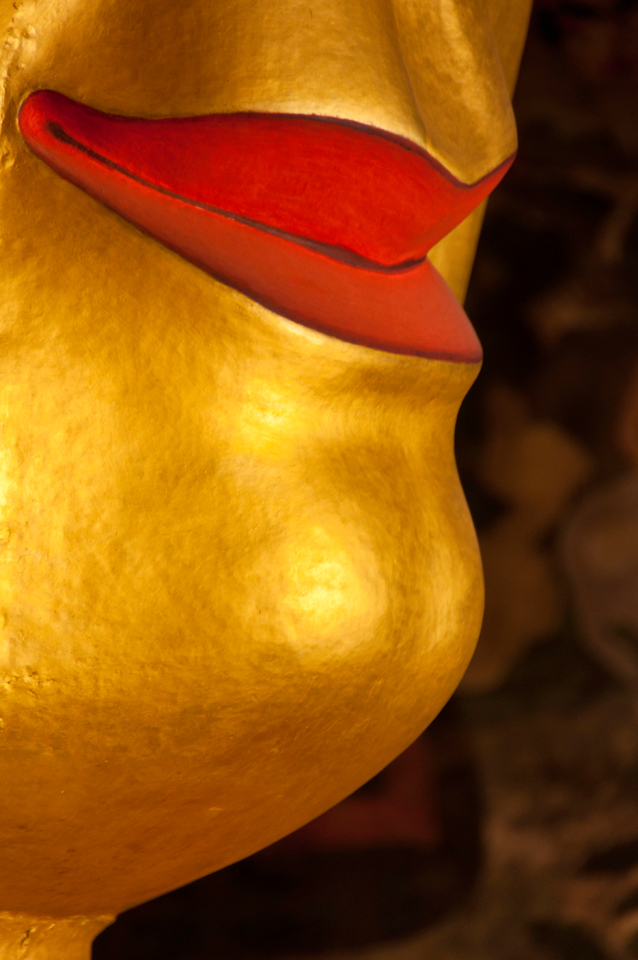I am not religious. Spiritual yes, but not religious. If you ask this pseudo-Brahmin to recite a single mantra, he won’t be able to. But that to me means nothing. As I’ve said so myself, I am an iconoclast, but yet I believe there is a Divine Power that brings method to this madness. I’ve read a lot on religion, and deeply respect all of them. But for many reasons, too many to detail here, Buddhism has influenced me deeply, yet I don’t call myself a Buddhist. I am also a photographer. Just this morning as I was reading “In the Buddha’s words”, an anthology of discourses from the Pali canon, I concluded that if Buddha taught photography, his one and only lesson would consist of two words: “Yoniso maniskara”.
Without claiming to be an expert in theology (just as I don’t claim to be an expert in photography), if I were to distill the teachings of the Buddha, it would, in the final analysis, stem down to these two words. Buddha’s discourses begin by calling us to develop this faculty yoniso maniskara, which has many meanings and many interpretations in Pali, but the one most commonly accepted is “careful attention”. Buddha tells us to stop drifting thoughtlessly through our lives, but instead pay careful attention to the simple truths that are everywhere available to us. If I were to put this in even more simple words, I would only use the title of Jon Kabat-Zinn’s seminal work on the principles of mindfulness, “Wherever you go, there you are”.
For me, this is what photography is all about – careful attention. I’ve changed with the years, evolved maybe in some way, hopefully for the better as there always was a lot of room for improvement in me. With time (a euphemism for growing old(er)), I’ve realized that the best way in life is to be is in the moment. “The Power of Now” as Eckhart Tolle called it. I have an advantage – I can’t multitask, so I have no choice. Yet that didn’t stop me in many years to live in la-la land. But now, I am more conscious. I stare in awe even at the most mundane of things, I am aware, I feel. The only solution I have found to be in the “now” is to slow down. I live that moment. If I am talking to you, I am only there, while I am saying these words aloud as I type. If I am creating photographs, I am only doing that.
But the happiest times of my life are when it’s just the Three Musketeers in blissful solitude out of “civilization” as we know it, and the camera. We have no BlackBerry, no laptop, no internet, no newspaper to distract us. It is just the three of us – I, me, and myself. And the closer we three get, the more content we are. We live that moment – it’s called the joie de vivre. And when you live that moment, you see differently. And since this is about the Buddha, the single word that comes to my mind when I think of Him and reflect on His teachings is “compassion”. Sure I can make a photograph with His face, as I so often have (in fact, you’ll find them on here too), but compassion can even be expressed through these images, which I made at the Thiksey Gompa in Ladakh, when I saw and felt it differently.
William Blake’s words from the “Auguries of Innocence” came to mind when I made this photograph: “To See a World in a Grain of Sand, And a Heaven in a Wild Flower, Hold Infinity in the Palm of Your Hand, And Eternity in an Hour.”

I love to quote because like there are many more photographers better than me, so are there many more writers. This image reminded me of some more words that I believe in deep within my heart. As Mahatma Gandhi said, “My imperfections and failures are as much a blessing from God as my successes and my talents and I lay them both at his feet.” Yes, I do. Whatever I am, is You and Yours alone.

I stared unabashedly at the obvious, the Buddha’s compassionate eyes, feeling the serenity radiate, but from there, I went lower to his lips, always curved in that all knowing half-smile, amused and bewildered at our foolishness, yearning for either the past or the future, forgetting the present.

By the way, yoniso also means, literally, “to the womb”. The meaning is, getting to the core or essence of the matter, doing something with understanding of the pith and substance, understanding cause and effect, and maniskara simply means to keep something in mind. I interpret this to see and feel everything with childlike innocence and wonder and awe. Try it. You’ll feel the difference. You’ll live that moment. And when you live, you’ll create.
Tomorrow I am again off to the Himalayas again. I live, don’t exist. I am alive, not living. I am attentive, not absent. May my epitaph never read “He lived as if he were never going to die; he died as if he never lived”. I know now what He would have said. You know now what He would have said.
If Buddha taught photography.
Leave a Reply